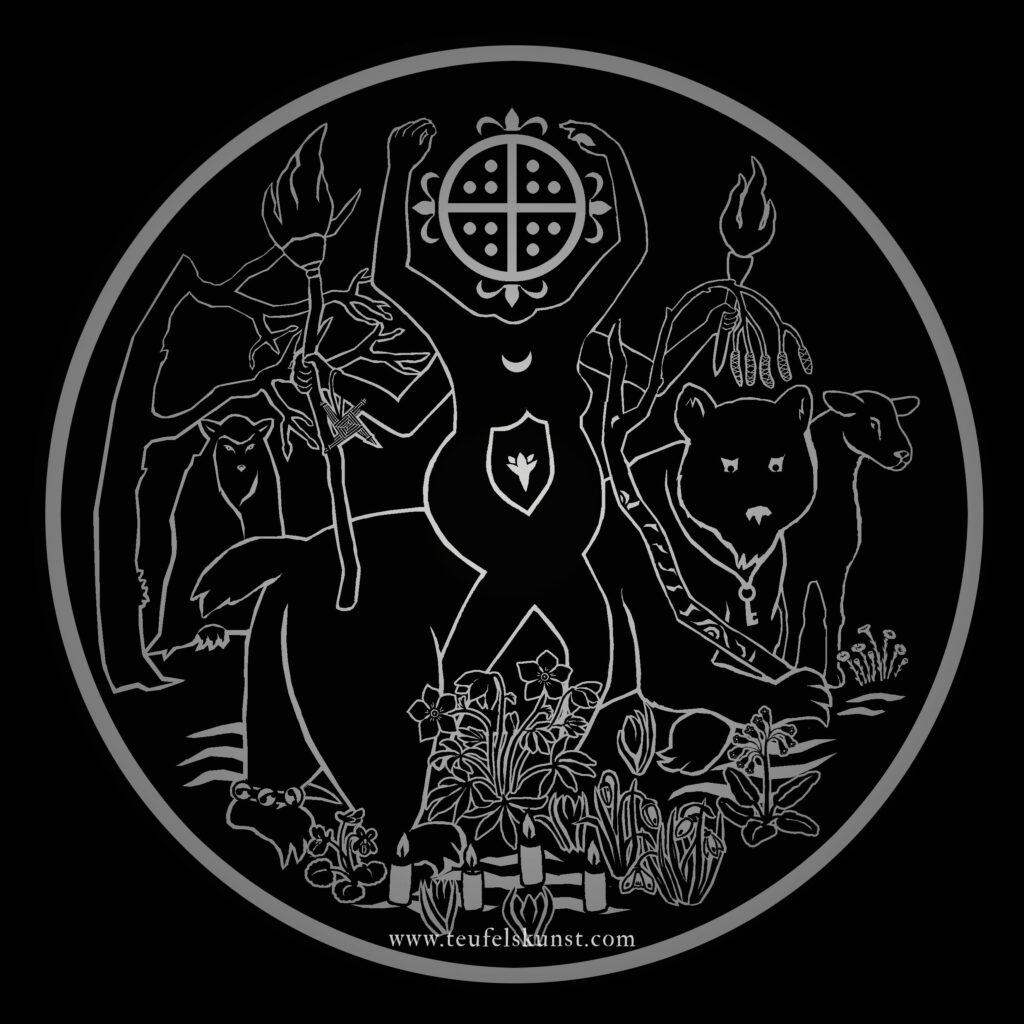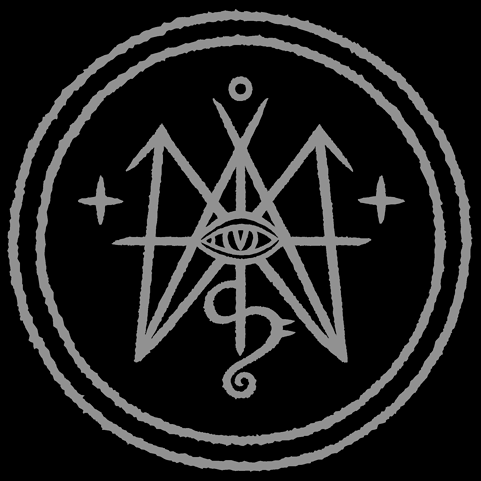
Meanings: return of the sunlight, first of the spring festivals
Imbolc signifies the beginning of lactation in sheep and thus the first fresh nourishing milk after a long dark winter. Imbolc is also translated as “in the belly” (since now the ewes turn pregnant) or alternatively as “allround ablution”, denoting perhaps a great baptism rital. The feast day of Imbolc is rooted in agricultural traditions of Ireland. In the Mediterraneans this time of the year was associated with the Lupercalia in ancient Rome and with Candlemass since the rise of Christianity.
The Romans named the month Februarium, from Latin februum, which means “purification” (the English word fever also refers to this). The Roman Februa was a purification ritual held on February 15 = the full moon in the old Roman lunar calendar.
Other names of February include the Old English Solmonath = “mud month” and Kale-monath – named for cabbage. The February full moon is also called Snow Moon, Storm Moon and Hunger Moon.
Even though the sun is gaining strength and the first signs of spring are emerging, winter is still reigning. The month of February is therefore a month of divination and preparation. In some regions, such as the South of Germany, Austria and Switzerland the female Perchta and her hosts are still roaming about, which is reflected in the Perchtenlauf traditions in these areas, where people dressed in goat fur and wearing scary beastial or demonic masks walk around villages with rods, bells and drum beating.
Similar traditions that fall into February are Carneval and Fastnacht. The custom of wearing costumes, drinking strong beer and acting lascivious goes back to Roman times. It was condemned by the Christian church. But not even the Nazis could ban the tradition. According to Christian lore, Fastnacht is the last night before Aschermittwoch, which marks the beginning of the Lenten season (Fastenzeit). However, according to Wolf Dieter Storl the term Fastnacht originally had nothing to do with what today is understood by “fasten” (fasting) but comes actually from high German faseln (middle German vaselen), meaning to “thrive” and to “fertilize” (the earth).
Rituals:
- oracles and pronouncing wishes
- honoring the goddess in her Maiden aspect
- ablution, cleansing, purification, initiation and fertility rituals
- blessing and lighting candles (especially white and green candles)
- planting first seeds (e.g. pre-culturing vegetables and herbs)
- baking bread
- drinking and offering milk
- crafting / blessing “Brigid’s Crosses” and grain dolls
- burning previously crafted straw figures, e.g. from previous summer
- binding vices, mental problems, sickness or enemies via sympathetic magic unto straw bundles and burning them ritually
- forecasting weather, celebrating groundhog Day
- dressing up for Fastnacht, Carneval etc.
Colors: white + green, also yellow and purple
Tools: grain figures, Brigid’s crosses, ribbons, candles, stones, evergreen wreaths or smudge herb bundles, sun discs, chalice, cauldron, matches
Symbols: birch, primrose (=keys to heaven), snowdrops, violets, bear, white cow, ewe, amethyst
Deities: Brigid as Maiden riding on a bear or white cow, Februa (Roman goddess), Mary as Maiden, Perchta, Frau Holle
February 1, 2024
Posted In: Feast Days
Tags: wheel of the year, holle, perchta, imbolc, brigids day, candlemass, groundhog day, lupercalia, february, frau holle, fastnacht, feast days

Leave a Reply